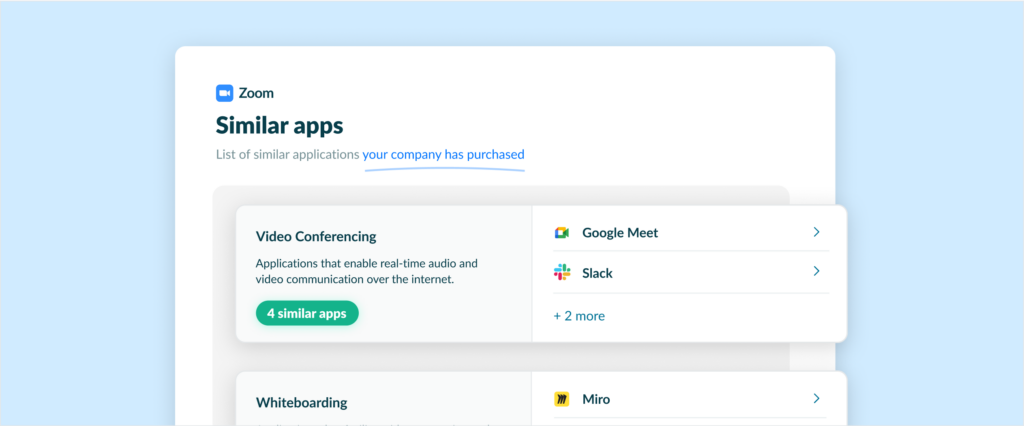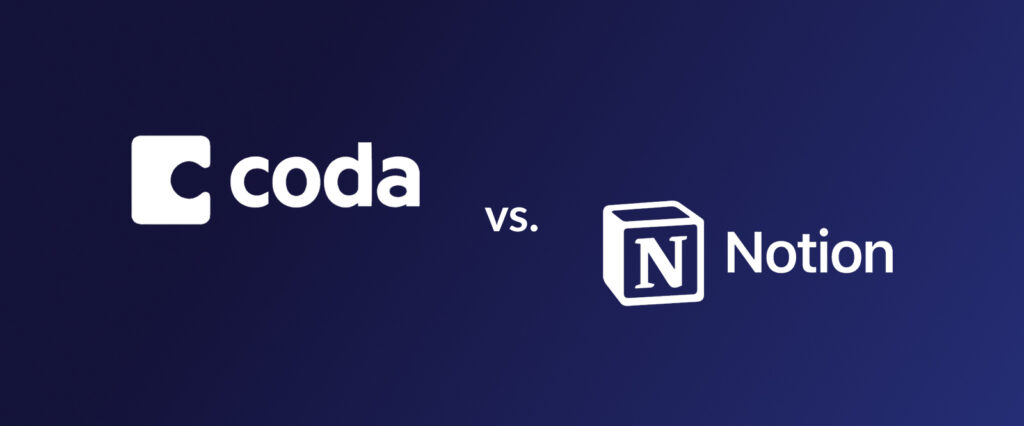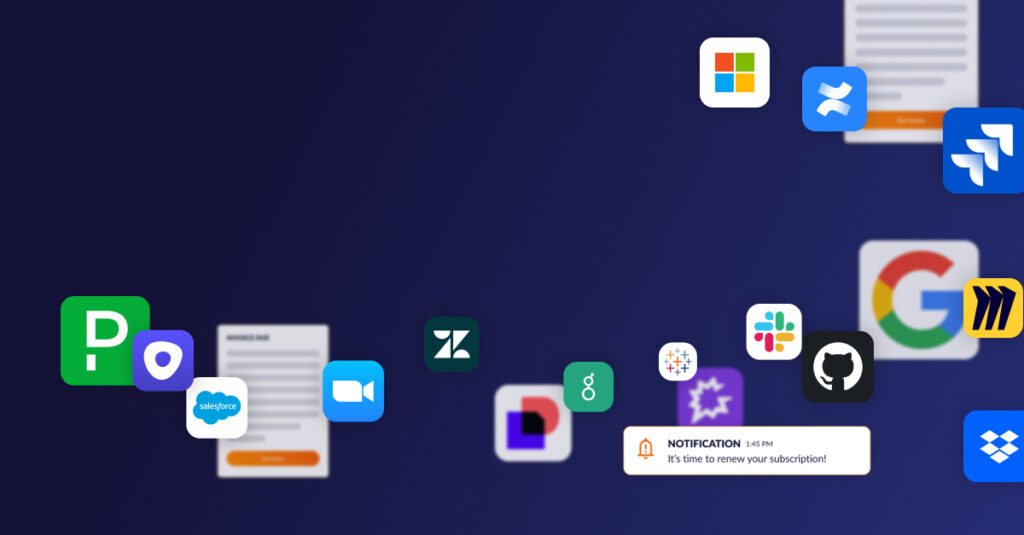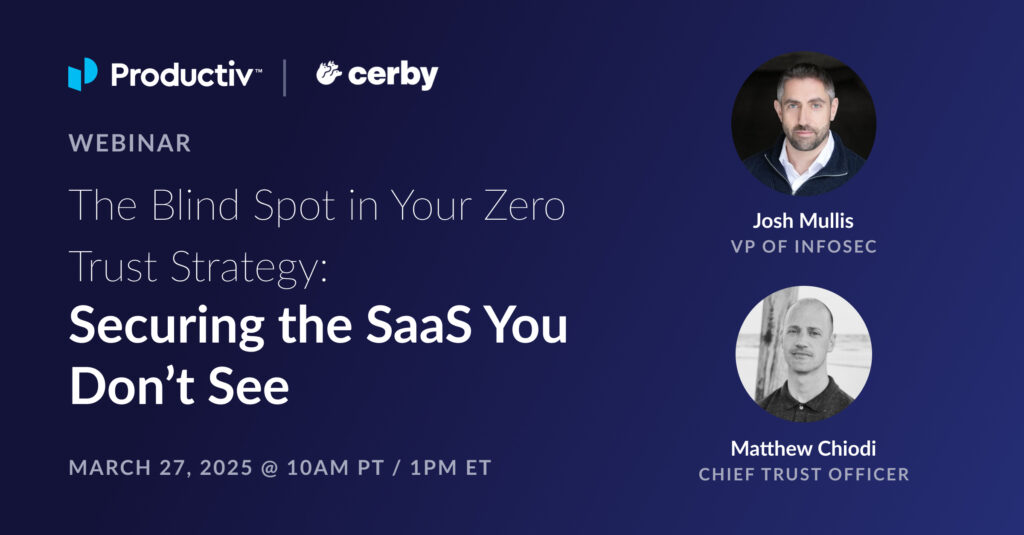
Breaking down the landscape of SaaS purchasing in 2024
CFOs are now more involved in the purchase of SaaS applications than ever before with 77% introducing new cost cutting measures in 2024, according to the PwC Pulse Survey. In the current climate, organization’s need to justify all software purchases and ensure a greater ROI with all the vendors that they’re renewing with. The tricky part is getting IT, procurement, and finance teams to collaborate effectively — a task that is made nearly impossible when managing a growing portfolio of systems and spreadsheets that don’t communicate with each other.
To operate an effective business in the current SaaS landscape, organizations need a single system of record in order to make informed decisions and optimize the value of their SaaS investments. Looking at the big picture, let’s dive into how things are changing in the SMP (SaaS Management Platform) space.
How is the landscape of purchasing SaaS changing?
Previously, software purchasing decisions were often sponsored by Business Unit Leaders and IT teams. Procurement teams would come in at the end to negotiate contractual terms & pricing. Decisions were based on the needs of the organization and the capabilities of the software.
As the SaaS market continues to grow, the decision-making process becomes increasingly complex. CFOs are now more involved. They’re looking to ensure ROI and alignment towards core business objectives. This requires IT, procurement, and finance teams to collaborate more effectively, ensuring that multiple needs are being met before getting executive buy-in. The evolving economy has also led to leaner teams —and software budgets — meaning organizations have to focus on maximizing the value of their SaaS investments and processes.
This rise of SaaS has opened organizations up to a new level of agility, enabling them to quickly adapt to market changes and respond to customer needs. This agility, however, comes with the cost of managing the ever-increasing number of SaaS applications. With the average organization using more than 371 SaaS applications — a number that continues to grow— organizations are faced with the challenge of effectively managing the growing number of applications while ensuring value for the business.
What is the role of the CFO when it comes to SaaS purchasing?
CFOs are now more involved in software purchasing decisions than ever before. Organizations now need to justify all software purchases, ensure that renewals are providing the necessary value, and optimize the value of their SaaS investments. CFOs are leading the charge to ensure that the organization’s financial resources are allocated effectively and that they’re getting the most ROI from all spend.
Without a source of truth, or deep insights into application usage, it’s difficult to ensure that SaaS investments are providing value to an organization. The cost of the software will continue to accrue over time and CFOs must validate that it is delivering the expected value and that they’re not overpaying for underutilized software.
How can teams efficiently streamline collaboration?
To effectively manage SaaS applications, IT, procurement, and finance teams must break down silos and collaborate from a single system of record. When teams are able to work off of the same data source, they are able to make informed decisions about software purchases, track software utilization, and optimize the ROI of their SaaS investments. This collaboration also enables them to streamline the procurement processes and ensure that they’re getting the best value out of their application portfolio.
SaaS Management Platforms give organizations the power to do just that. They provide SaaS intelligence insights that help organizations make informed SaaS purchasing decisions, track software utilization, and optimize the licensing — or value — of their applications. By using a SaaS Management Platform, it ensures that an organization is getting the most out of its SaaS apps while reducing costs from shadow IT or other redundant apps. They can also help organizations:
- Control spend by pairing intelligent data with scalable processes and workflows to provide full visibility into what they’re spending and where they can save.
- Reduce risk by tracking compliance across their entire portfolio and by providing actionable insights into upcoming renewals or purchases.
- Increase efficiency by automating manual processes by integrating data and insights into core processes.
By providing a single system of record for all things SaaS, adopting a SaaS Management Platform enables you to gain control over your SaaS portfolio. With meaningful insights & analytics, the right platform makes it easy to make informed decisions about which apps to keep, which to optimize, and which to retire.
They also enable your employees to find the SaaS applications they need to do their jobs effectively, while staying within the organization’s policies, helping to cut down on redundancy and shadow IT. This all leads to more efficient and effective operations, even in the presence of shrinking budgets and resource constraints.
The economy has changed the way organizations buy software. CFOs are more involved than ever before to ensure that purchases align with the organization’s goals and provide the ROI needed to drive both growth and innovation. This requires collaboration across teams and a trustable source of data. SaaS management solutions can help organizations put their data to work to take control of their spend with scalable workflows, reduce third-party risk, and work smarter with automated processes.
About Productiv:
Productiv is the IT operating system to manage your entire SaaS ecosystem. It centralizes visibility into your tech stack, so CIOs and IT leaders can confidently set strategy, optimize renewals, and empower employees.
Learn more today




